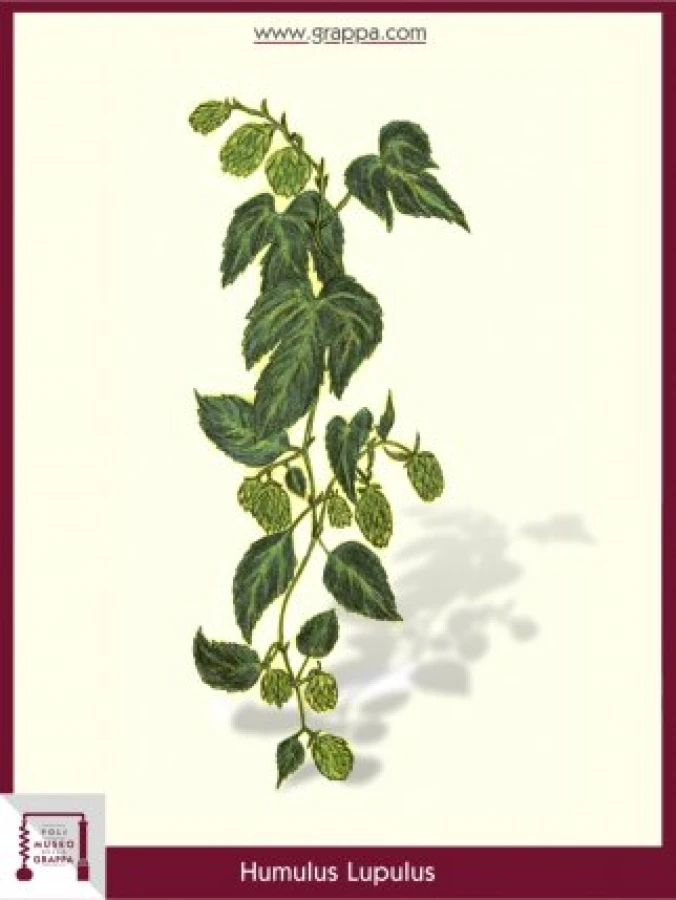Taste of beer
Common Hop, Hop
Taste of beer
Plant:
Common Hop, Hop
Plant Part:
flower
Plant Properties:
purifying, tonic, bitter, bittering, eases atony, liver, sedative, aphrodisiac, anesthetic, eases scrofula, detersive
Description:
The fact that the hop, since the Carolingian, was extensively cultivated in the vicinity of the monasteries, suggested that this plant had hidden anti-aphrodisiac properties. But it can be doubted, that the plant possesses such activities, apart from an irrelevant amount of estrogen (without chemical identification). It mainly contains bitter-aromatic components which are principally located in the glands of the female inflorescences.
This is the reason why there were great cultivations of hop since the tenth century in Poland, Germany and Bohemia, countries where there was a lot of beer consumption.
It was the same humble cereal beverage, defined by Pliny as „Ceruesia", which first was served as a vulgar wine substitute but then became very popular in the Nordic populations especially because enriched with the aromas of the hop.
The cultivation of the plant has now multiplied, which is indispensable today for the production of beer. The flowers of the hop became subject of export.
In addition, the very pleasant and useful plant can be consumed as vegetables, which Pliny strongly recommended, referring to the young shoot of hop, known as „Bruscandol".
In any case it‘s a plant with many uses, so much that the grappa can be given a certain flavor.
An aroma that can certainly be defined as bitter that not accidentally recalls the flavor of the best beers.
Ingredients:
- 1 liter of Grappa
- two handfuls of common hop
Preparation:
Place few handfuls of hop in one liter of Grappa for three months without added sugar and will highlight this perfectly decided bitter character.
This Grappa will assume a light green color when made with fresh inflorescences while on the other hand will present a brown color when prepared with dried flowers; The taste remains unchanged.


